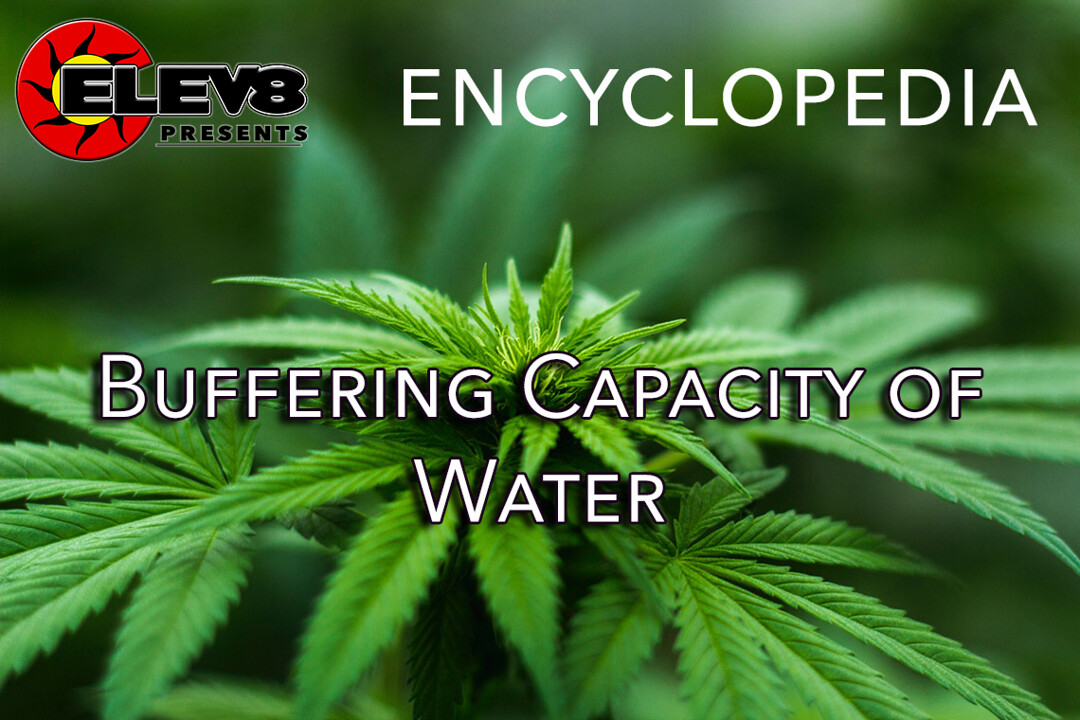What does Water-Holding Capacity mean?
Water-holding capacity refers to a grow medium’s ability to hold water. The water-holding capacity of a grow medium is controlled by its texture, composition, and amount of organic matter content it contains.
Water-holding capacities differ greatly among grow mediums. Rockwool, coco coir, clay pebbles, and soil all have different levels of water-holding capacities. These differing water-holding capacities have a big influence on which grow medium a grower ends up using.
More Info On Water-Holding Capacity
A healthy soil is able to hold moisture long enough to sustain a plant between rainfalls and throughout dry periods. In general, the heavier the soil, the more moisture it will retain; the lighter the soil, the more arid or dry it becomes. An example is a silt loam soil that has 30 per cent sand, 60 percent silt, and 10 per cent clay sized particles. This type of soil will hold water much better than a soil composite of 60 percent sand.
The amount of organic material in a soil also plays a role in its water-holding capacity. When the level of organic matter increases in soil, the water-holding capacity also increases due to the fact that organic matter absorbs water.
A healthy soil is one where a balance is achieved and the water-holding capacity is moderate. A soil with too high of a water-holding capacity will remain too wet and eventually rot off the roots, while a soil that is too dry won’t be able to supply enough nutrients to the plant.







